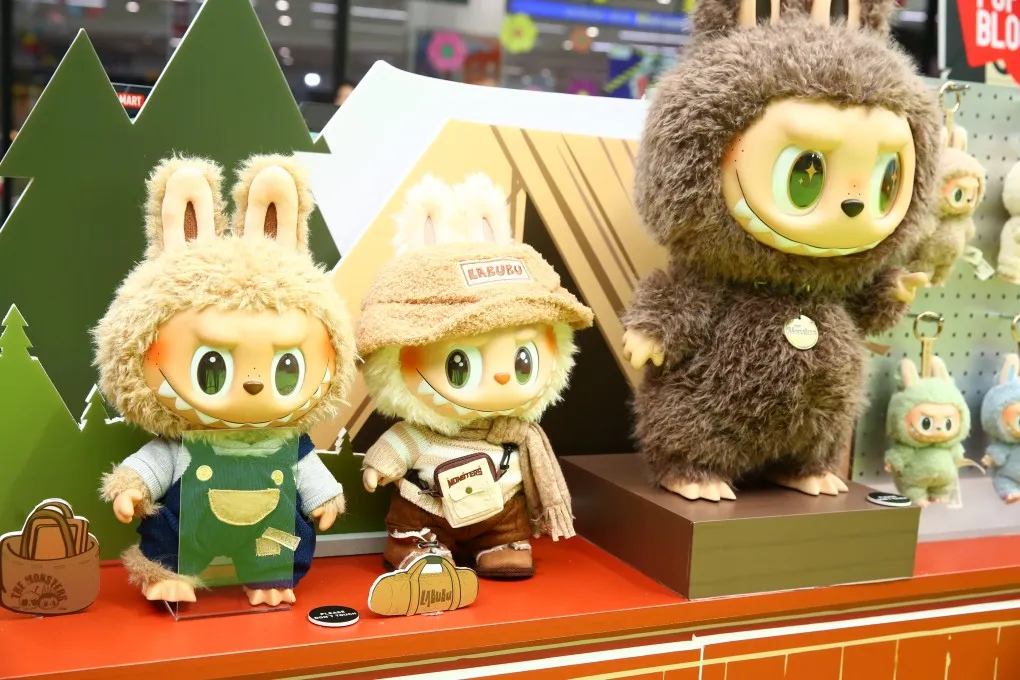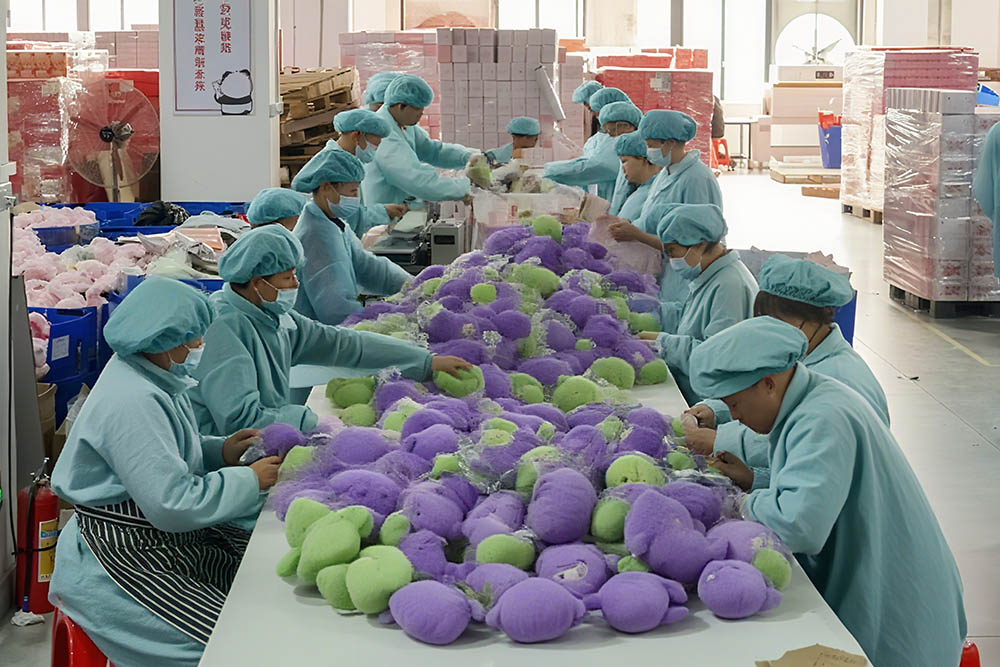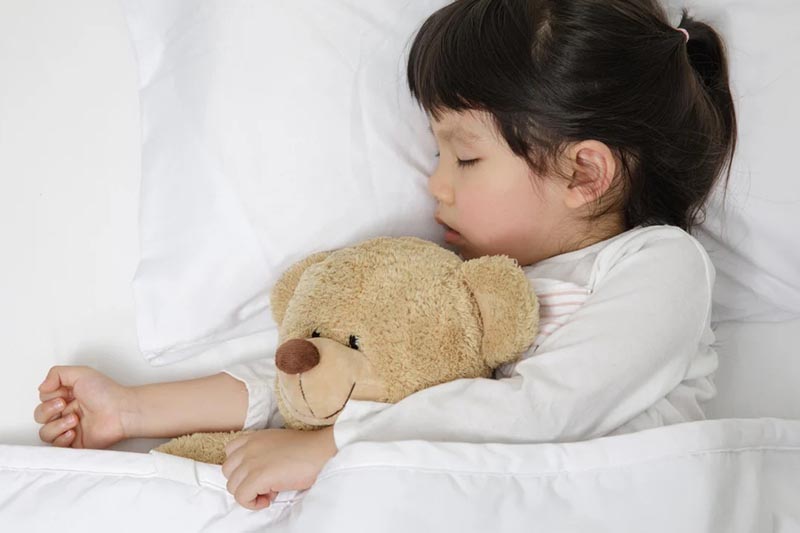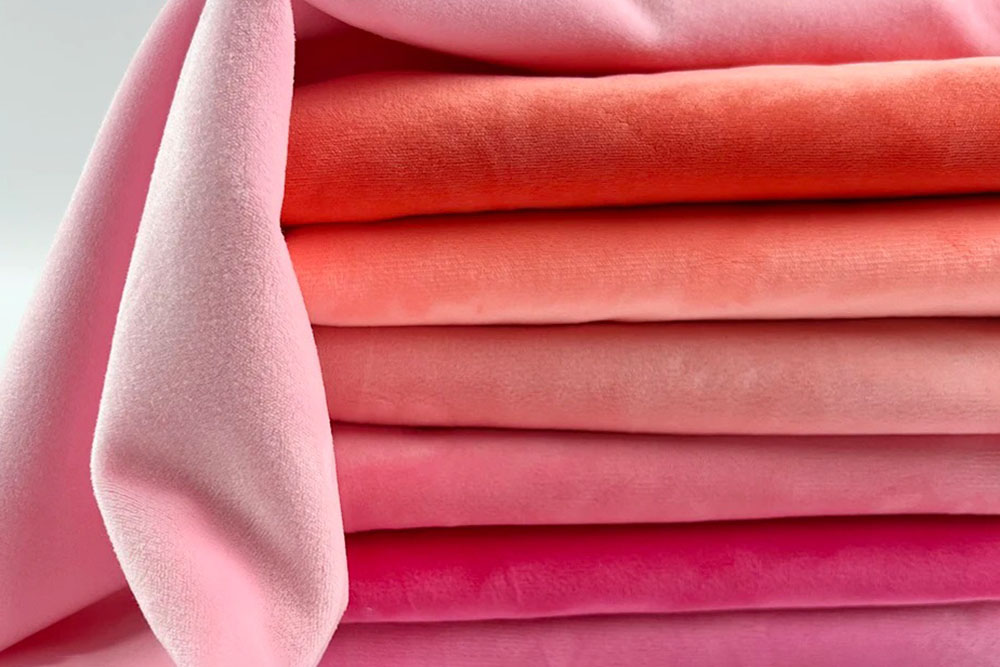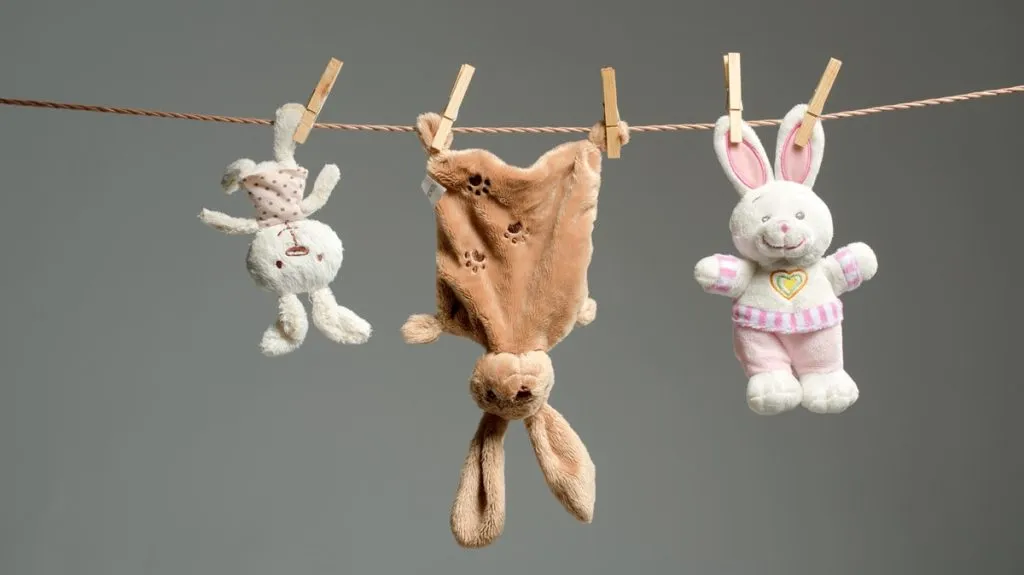Embroidered eyes make plush toys safer, softer, and more personalized. This technique removes choking hazards while adding unique character to each toy.
To embroider eyes on a plush toy, you need the right tools, proper thread, a matching needle size, and a clear design plan. Step-by-step embroidery ensures symmetry, durability, and safety. Compared with plastic or button eyes, embroidery offers better aesthetics and compliance with global safety standards.
Let’s explore how to create professional, safe, and visually appealing embroidered eyes for plush toys.
1. What Tools and Materials Are Needed to Embroider Eyes on a Plush Toy?

Embroidery requires specific tools to achieve precision and safety.
The main tools include embroidery needles, strong polyester or cotton thread, embroidery hoops, scissors, and marking pens. For plush toys, soft but durable thread ensures both comfort and long-lasting quality.
When preparing for eye embroidery, the right toolkit determines efficiency and results. In factories, industrial-grade embroidery needles are preferred because they handle repetitive use without bending. For small-scale or handmade toys, home-use needles work well but need more frequent replacement. Polyester thread remains the most reliable choice because it withstands washing, chewing, and repeated pulling. Cotton thread offers a natural matte look but may wear down faster, making it less suitable for infant or pet toys.
Embroidery hoops are critical to stabilize fabric tension, preventing distortion during stitching. Without proper tension, eyes can appear uneven or asymmetrical. Marking pens, chalk, or washable markers guide placement, ensuring consistent eye alignment across batches. Sharp scissors ensure clean cuts, while thimbles protect hands during long stitching sessions. Good lighting and magnifiers are often overlooked but help reduce errors and improve accuracy.
| Tool / Material | Function | Why It Matters for Plush Toys |
| Embroidery needle | Creates eye stitches | Precision without fabric damage |
| Polyester thread | Durable stitching | Withstands washing and play |
| Embroidery hoop | Holds fabric in place | Keeps design consistent |
| Marking pen | Guides placement | Ensures symmetry of eyes |
For buyers, ensuring factories use professional tools builds trust. Proper tools not only increase production quality but also lower defect rates, saving costs and protecting brand reputation.
2. How to Choose the Right Thread Type, Needle Size, and Eye Design?

Thread type and needle size define embroidery quality.
For plush toys, polyester thread is the most durable choice. Needle size should match the plush fabric density: smaller needles for short plush, larger ones for faux fur. Eye designs range from simple dots to expressive shapes.
Choosing materials for embroidery is not just a technical step—it shapes product safety, aesthetics, and compliance. Polyester thread, being strong and resistant to color fading, is widely used in commercial plush toys. Cotton thread may appeal to eco-conscious buyers but requires reinforcement. For luxury or collectible dolls, silk thread provides a premium shine, but it is less practical for children’s toys due to lower durability.
Needle size must suit fabric density. Velboa or minky plush requires fine embroidery needles to avoid tearing fibers, while faux fur needs larger needles to push through thick pile. If the wrong size is used, fabric damage or loose stitching can occur, creating safety hazards.
Design plays an equally important role. Simple stitched dots are efficient for mass-market toys, while satin stitches with highlights or eyelashes create expressive looks for premium collections. Buyers targeting baby markets prioritize safety and minimalistic designs, while collectible markets value more creative embroidery styles.
| Factor | Recommendation | Benefit for Buyers and Owners |
| Thread type | Polyester for durability | Resists fraying, machine washable |
| Needle size | Small for short plush, large for fur | Prevents fabric damage |
| Eye design | Simple or detailed | Matches toy category and branding |
By matching thread, needle, and design to toy category, factories ensure both compliance and customer satisfaction.
3. What Are the Step-by-Step Techniques for Embroidering Plush Toy Eyes?
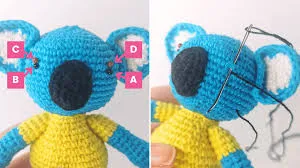
Following step-by-step techniques ensures quality and consistency.
The process includes marking eye placement, threading the needle, securing the knot, stitching in chosen style (satin, backstitch, or French knot), and tying off securely inside the toy.
Step 1: Mark both eyes clearly using fabric-safe pens. Templates are often used in large-scale production to ensure symmetry.
Step 2: Prepare polyester thread, knotting it firmly so it stays hidden inside the toy.
Step 3: Insert the needle from inside the stuffing so knots are invisible and secure.
Step 4: Stitch using the chosen technique: satin stitches fill circular eyes smoothly, backstitches define outlines, and French knots add sparkle or highlights.
Step 5: Secure the thread firmly inside with double knots, avoiding sharp ends or loose strands.
In factories, workers repeat this process across hundreds of units daily, often assisted by embroidery machines for consistency. Handmade embroidery, however, remains valuable for custom designs, prototypes, or low-MOQ orders.
| Step | Technique Example | Result Achieved |
| Mark placement | Use pen or chalk | Symmetrical alignment |
| Satin stitch | Fill round eye shape | Smooth, consistent look |
| Backstitch outline | Define edge of eye | Sharp and clear appearance |
| Secure inside knot | Hide and tighten threads | Safe for children and pets |
By standardizing each step, manufacturers reduce defect rates, build trust, and guarantee products are safe for export.
4. How to Ensure Symmetry, Durability, and Safety in Embroidered Eyes?

Symmetry and durability define professional plush toys.
Symmetry is achieved by careful marking and use of embroidery hoops. Durability comes from strong polyester thread and reinforced stitching. Safety is ensured by hiding knots and avoiding loose threads.
Symmetry is vital to toy aesthetics. Crooked or uneven eyes may make toys look low quality, affecting sales. Factories often use templates, rulers, or laser guides for precision. Some even implement digital embroidery positioning systems for large orders.
Durability ensures toys survive pulling, chewing, and repeated washing. Polyester thread combined with tight, reinforced stitches withstands stress. Double-stitching or cross-stitching in high-stress areas like the eyes improves longevity.
Safety is non-negotiable. Knots must be hidden deep inside stuffing, never visible outside. Quality control includes checking for sharp needle fragments through metal detectors, ensuring no risk to children or pets. Buyers sourcing from compliant factories benefit from detailed QC reports covering strength, pull tests, and wash durability.
| Quality Factor | Implementation Method | Benefit for Buyers |
| Symmetry | Templates, grids, embroidery hoops | Consistent, professional design |
| Durability | Polyester thread, reinforced stitch | Withstands play and washing |
| Safety | Hidden knots, needle detection | Compliance with CE/ASTM standards |
This attention to detail reassures buyers that embroidered eyes meet global standards and consumer expectations.
5. What Common Mistakes Should Be Avoided in Plush Eye Embroidery?

Mistakes in embroidery affect both safety and aesthetics.
Common mistakes include using weak thread, poor symmetry, loose stitches, visible knots, and incorrect fabric tension. These issues reduce product quality and may cause safety risks.
Factories sometimes face costly rework due to embroidery errors. Weak thread may snap during washing tests, leading to recalls. Poor symmetry causes products to fail client inspections, damaging supplier credibility. Loose stitches create choking hazards if pulled out by children or pets. Visible knots look unprofessional and reduce retail value. Incorrect fabric tension can distort eyes, giving toys a defective appearance.
Preventing mistakes requires training, supervision, and strict QC. Buyers should expect detailed inspection reports on embroidery quality. Inconsistent quality not only raises costs but also affects brand reputation. Well-prepared factories minimize these risks by applying standardized embroidery processes and checking random samples during production.
| Mistake | Problem Caused | Solution |
| Weak thread | Eyes unravel after washing | Use high-tensile polyester thread |
| Poor symmetry | Unprofessional appearance | Use templates and marking tools |
| Loose stitches | Safety risk, short lifespan | Tight, reinforced stitching |
| Visible knots | Choking hazard, poor finish | Hide knots inside stuffing |
Avoiding these issues reduces complaints, returns, and costly rework, giving buyers stronger confidence in their supply chain.
6. How Do Embroidered Eyes Compare to Plastic or Button Eyes in Safety and Aesthetics?

Embroidered eyes are increasingly preferred for modern plush toys.
Compared with plastic or button eyes, embroidery eliminates choking hazards, complies with global safety standards, and provides a softer, customizable look. Plastic and button eyes may be durable but pose risks for babies and pets.
Plastic and button eyes once dominated the market due to cost efficiency and realism. However, increasing safety concerns have shifted demand. Plastic eyes may loosen over time, especially after washing, creating choking hazards. Button eyes, though vintage in style, are rarely used in regulated markets due to high risk.
Embroidered eyes, on the other hand, are stitched securely into fabric. They withstand washing, rough play, and chewing without detaching. They also allow creative design freedom: highlights, different shapes, or brand-specific patterns. This flexibility adds value for both baby toys and collectible dolls.
| Eye Type | Safety Level | Aesthetic Value | Best Use Case |
| Embroidered eyes | Highest safety, secure stitching | Customizable, premium look | Baby toys, eco plush, collectibles |
| Plastic eyes | Moderate, risk of detachment | Realistic, shiny | Animal plush, display dolls |
| Button eyes | Lowest, choking hazard | Vintage style | Decorative plush (not for children) |
For buyers, embroidered eyes align with CE, ASTM, and CPSIA regulations. They not only meet safety requirements but also serve as a premium design feature.
Embroidered eyes ensure plush toys meet global standards for safety, durability, and design. They also elevate product aesthetics.
Contact Kinwin at [[email protected]] or visit https://kinwintoys.com/ to develop safe, customizable plush toys with professional embroidered details for international markets.



